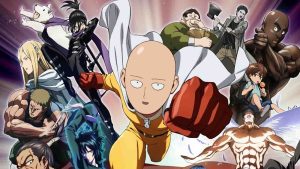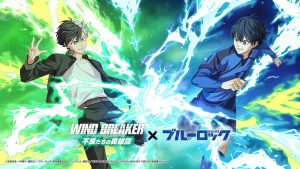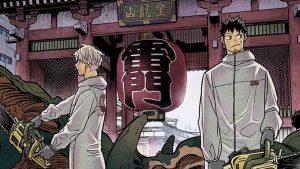Were you one of the lucky ticket-buyers who bore witness to unparalleled degeneracy in your Chainsaw Man The Movie: Reze Arc theater? Don’t worry, you aren’t alone.
First of all, I’d like to apologize on behalf of the community if you wanted a nice and quiet experience, so I’ll throw in this full, movie spoiler-free explanation as penance.
Look, I can excuse otakus expressing their weird obsession over 2D women on the interwebs, but I can’t condone that behavior at the movies. And as luck would have it, my editor gave me the green light to voice my opinions.
Chainsaw Man The Movie: Reze Arc exploded into theaters in early October this year, giving us our first anime adaptation since the first season ended in late 2022. The movie continues directly after the events of Chainsaw Man Season 1 and the battle against the Katana Devil.
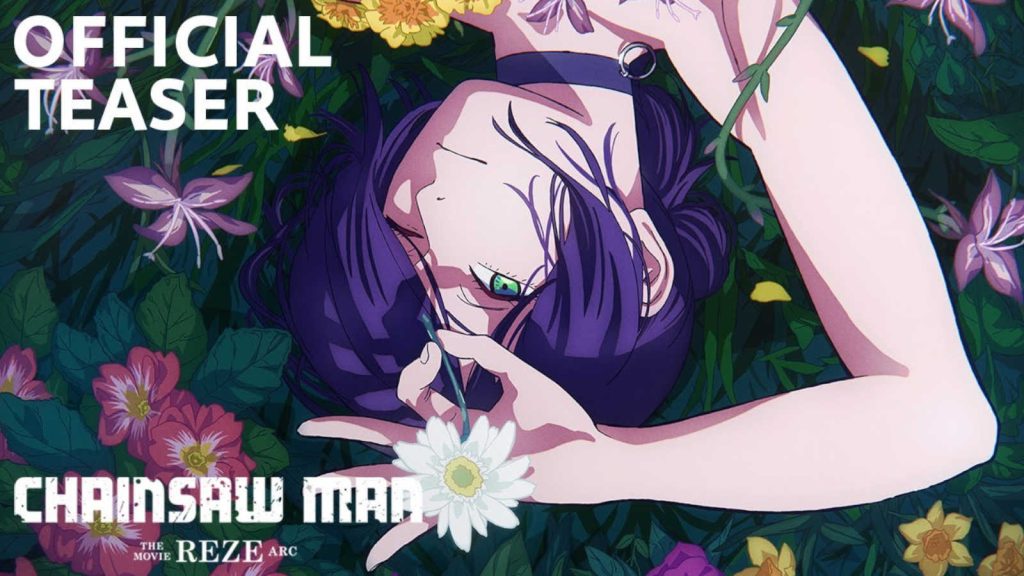
Old and new fans alike were treated to a new arc on the big screen boasting eye-popping visuals which justified the ticket price alone. However, certain moviegoers were surprised, maybe even disgusted, to hear barking from the rows during specific scenes.
Why are Chainsaw Man The Movie viewers barking in theaters?
For those who just got here, Chainsaw Man focuses on Denji’s journey as a Public Safety devil hunter with his faithful devil-dog partner Pochita. An extremely poor teenager, he is burdened with his late father’s debts and only ever has enough coins to buy and eat plain bread.
The head of the Devil Hunters Association, a woman named Makima, strings the poor guy along with promises of sexual favors to use his newly-found powers for her own, mysterious aims.
During their first “date”, Makima feeds Denji noodles — his first real meal in months — in exchange for dog-like loyalty. This develops into a unique dynamic where she takes advantage of Denji’s total lack of life experience so that his devil persona, Chainsaw Man, would obey her every whim.
Yes, she sets the rules, and Denji has to either agree or bark for her.

While a fully-grown adult manipulating a 16-year old boy is obviously problematic, Chainsaw Man’s irreverent story does anything but excuse it. Instead, the relationship is used to demonstrate Denji’s complete lack of self-esteem, and how the powers-that-be prey on the vulnerable to keep them under control.
Strange tropes aside, Chainsaw Man’s first showing quickly became a hit and garnered a huge following for its dynamic action and high-tier animation, embedding itself into the mainstream. Written and drawn by the quirky Tatsuki Fujimoto, who publicly admitted he’s afraid of women, the manga has been running in the Weekly Shonen Jump since 2018 before moving to Shonen Jump Plus in 2022.
The series’ popularity spawned the anime, its movie, and of course, numerous Makima cosplays echoing the lovely request to bark for them, and needless to say, the fans were happy to oblige. One particularly popular Makima cosplay by X user @todopokie went viral with the same caption — “Bark for me.”
Should we really bark for Makima in the theater?

These dignified fan interactions solidified into the “Bark for Makima” meme, which has since become an inside joke for longtime Chainsaw Man fans. And lately, it’s been making a comeback.
Now, fans are literally barking in theaters showing Reze Arc whenever Makima enters the frame, a reference to Denji’s sordid relationship and niche internet subcultures, performed as an ironically thirsty way of appreciating the film.
At least, I hope it’s ironic.
While mostly fun, there are more layers to this trend than most people realize.
Starting with the obvious: please don’t bark at the movie theater. It’s inappropriate, rude, and takes away from others’ viewing experiences.
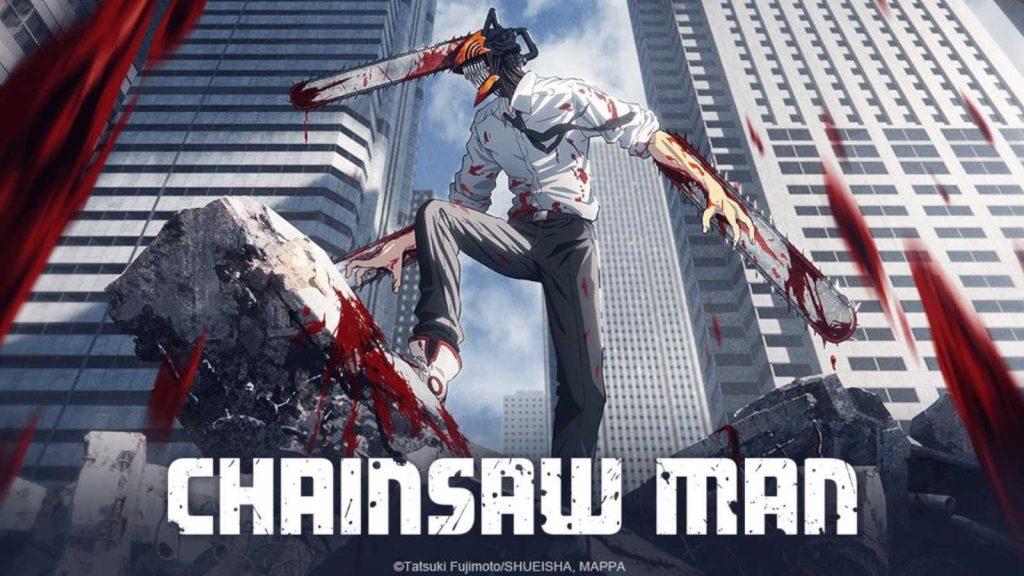
Secondly, Makima’s character serves as a metaphor for grooming, exploitation, and the dangers of idolatry. She’s designed to be a warning, and all the red flags are there. But this point gets drowned out when fanboys emulate Denji’s simp-like behavior en masse.
But my biggest concern is how Chainsaw Man’s intense hyper-sexualization of its female characters actually amplifies existing issues rather than addressing them. This genre’s already rife with its criticisms, so as a manga reader, I was hoping that some of the scenes would be handled with more consideration.
All in all, I’m still a fan of the series and I’ll be patiently waiting for Denji to have his rude awakening — and trust me when I say that it’ll be an important moment.
Chainsaw Man sets itself apart from other shonen titles with a stark blend of gore, supernatural horror, and real-life struggles. It’s loud, messy, and has the tendency to disturb: all adjectives you should not be when inside a movie theater.


